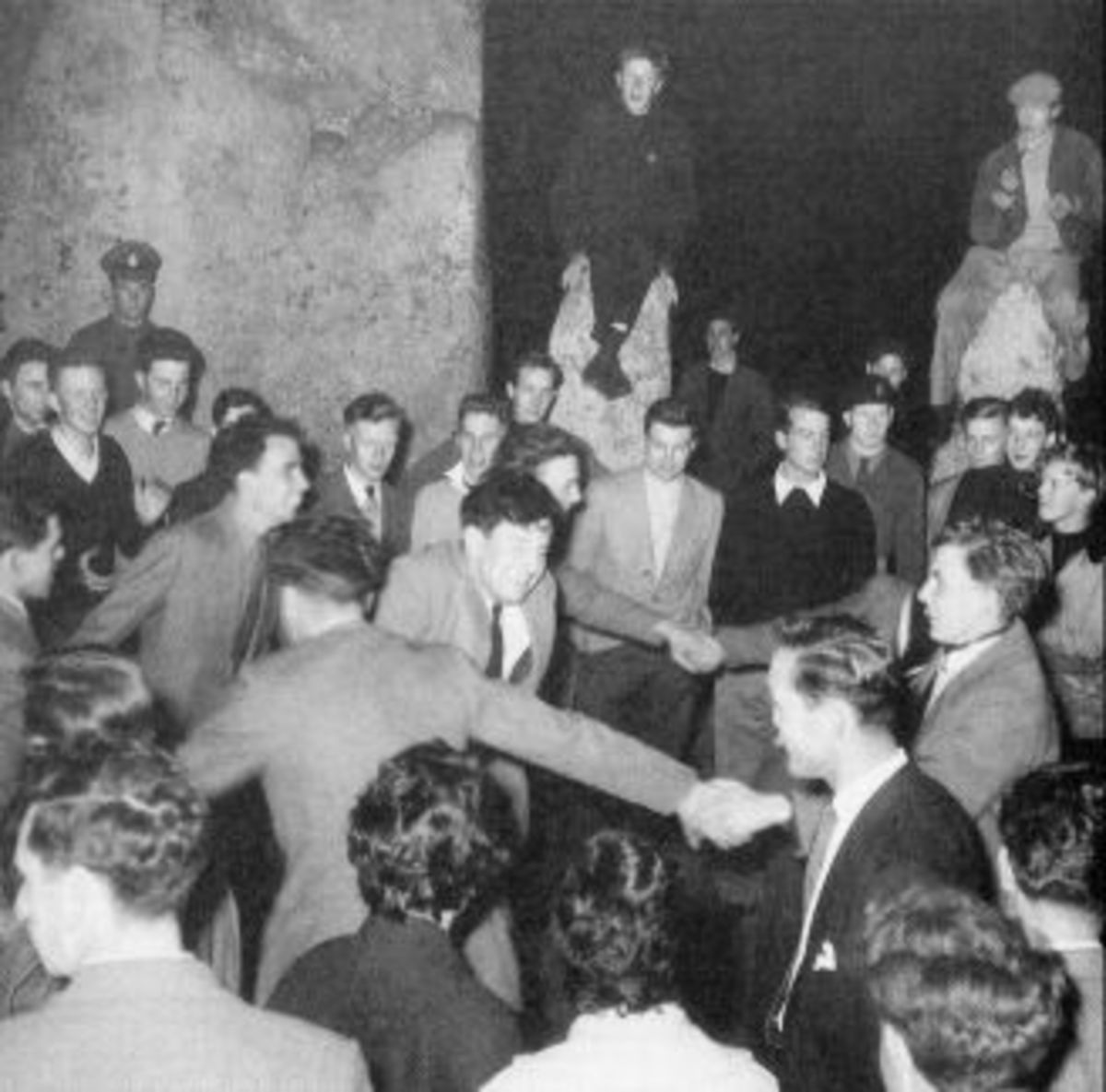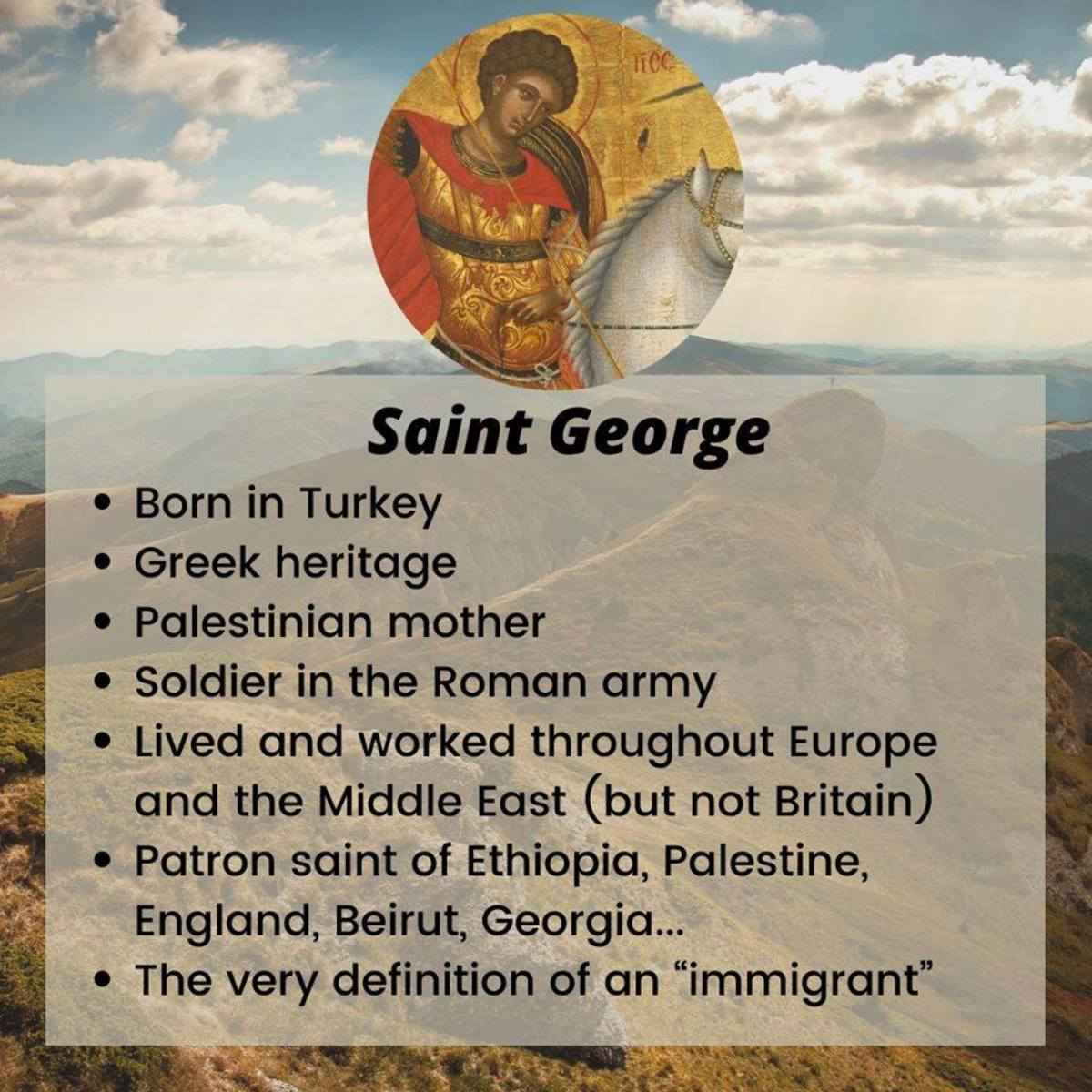Philadelphia Where US Independence Began
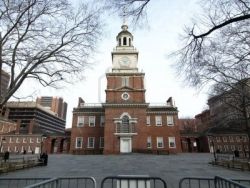
Philadelphia - Where It All Started
The city where I was born and raised is one of the most historically important cities in America. When I was young I visited all the city's historic landmarks, sometimes on school trips, other times with my parents and later with my husband.
I will never forget the awe I felt in seeing the sites where George Washington, Benjamin Franklin, Thomas Jefferson and all the now famous leaders gathered together to create the United States of America.
There is so much history to the city of Philadelphia that relates to the beginning of America as a free country. Philadelphia is where life as we know it was created.
Philadelphia is the city where our Founding Fathers met during the Revolutionary War. It was the host city for the First and Second Continental Congress and the Constitutional Convention held after the war.
Philadelphia is where the Declaration of Independence and the Constitution were signed.
Philadelphia is the home of Independence Hall, Carpenter's Hall, the Liberty Bell, the Betsy Ross House the President's House and the US Mint to name just a few of the important historical landsmarks in "The City of Brotherly Love."
Philadelphia is where it all started.
Photo: Independence Hall from123RF Free Stock Photos
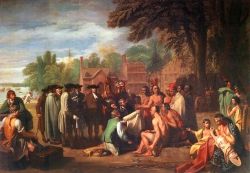
A Brief History of Philadelphia
Short But Sweet
Philadelphia began its road to historical fame in 1681 when King Charles II of England gave William Penn a charter for what would become this city.
Penn was a man of peace, a Quaker who wanted to develop a colony that was not at odds with the Native Americans whose land it would occupy.
So it is said that Penn made a treaty with the Chief of the Lenape under an elm tree, which included the purchase of the land on which the City of Philadelphia would be built.
Penn gave this city, then just a colony, a name derived from the Greek word philos meaning love and adelphos meaning brother. Thus was born The City of Brotherly Love.
Because Penn had experienced religious persecution, Philadelphia became known for its religious tolerance, which was not always the case in the other colonies.
The road Penn chose to travel led to Philadelphia's importance within the colonies and its critical role during the Revolutionary War.
Photo:" William Penn's Treaty with the Indians" by Benjamin West from the Pennsylvania Academy of the Fine Arts
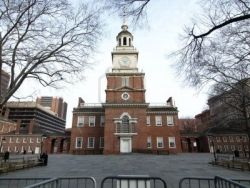
Independence Hall
Sign Here Please
We all know where we were born, but do you ever think about where the United States of America was born?
The United States of America was born in Philadelphia at Independence Hall on July 4, 1776 when the Declaration of Independence was ratified.
Independence Hall is the most important building in the story of the birth of this nation. It was conceived by the citizens of Philadelphia as their State House in 1729, but it had a very long gestation period.
Andrew Hamilton, Philadelphia's first lawyer, was the person most responsible for the creation of Independence Hall. It was his plans, approved in 1732, that resulted in construction of what was originally known as Pennsylvania State House. The building took twenty-one years to complete.
Inside this building the Second Continental Congress met. This congress was the first national governing body of what would become the United States.
The Declaration of Independence was debated and signed in Independence Hall. This document, drafted by Thomas Jefferson, essentially told the King of England that the colonies England had established no longer would put up with the crown's tyranny, but would declare itself independent from British rule.
Originally residing in the steeple of Independence Hall was the Liberty Bell. If ever a bell could symbolize independence, the Liberty Bell holds that honor.
Photo: Independence Hall by Thorium.handler
Inside Independence Hall - Signer's Hall
This video takes you inside Independence Hall to the room where the signer's of the Declaration of Independence met and signed this document.
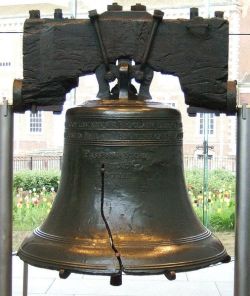
The Liberty Bell
Let Freedom Ring
What if I told you the Liberty Bell, the symbol of American independence, never rang after the Declaration of Independence was signed, and that we only know it may have been one of the bells that rung when this document was publicly read on July 8?
That does not mean this bell was any less a symbol of what the colonies hoped and fought for and finally won.
The Liberty Bell was commissioned from a London firm in 1752 and cast with the statement, "Proclaim LIBERTY throughout all the land unto all the inhabitants thereof."
Unfortunately, the bell cracked during its first ringing after arrival. Even after recasting it twice, the crack in the Liberty Bell became a permanent part of history.
I am not saying that the bell did not sound its ring many times, just not as the story goes on Independence Day.
Although the first crack in the Liberty Bell occurred on its arrival, the crack that became part of the story of the Liberty Bell, and the one we see today, resulted from its being rung in the nineteenth century. It is said the bell received its famous crack after the death of Chief Justice Marshall in 1835. But absolute proof of that is lacking.
Nonetheless, the Liberty Bell was chosen as the symbol of freedom by abolitionists, during the Cold War and the protests of the 1960s. Whenever the freedom of the American people is threatened, the Liberty Bell stands ready to remind us what our forefather's fought for and our military continues to fight and die for.
Photo: From Wikipedia.
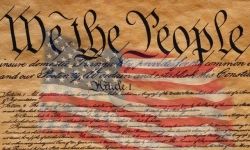
The Constitutional Convention
George Washington, President of the United States
The Constitutional Convention was held in 1787 at Independence Hall. The first order was to elect George Washington as the first president of the new United States of America.
After that historic event, a document had to be created that established how this now independent country would run. This task involved debating many documents from many states created by many hands before the Constitution of the United States of America was ratified.
There was the Virginia Plan and the New Jersey Plan that argued over broad vs limited government, an argument that persists to this day.
Three months went by with arguments presented and compromises made. One of the most important decisions made was the apportionment of representatives to the House and Senate. It was agreed that the House would be by population and the Senate would be two senators from each state.
Each state had one vote. The document that would establish the framework for running this country was passed by a thirty-nine to fifty-five vote, barely enough to approve the Constitution.
Photo: From the website American Freedom
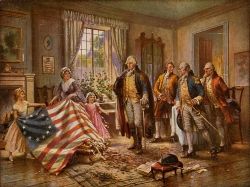
Betsy Ross House
The Making of a Flag
Not far from Independence Hall sits the house where Betsy Ross lived from 1773-1785.
Sadly, there is no real proof that this house, one of the most visited historical buildings in Philadelphia, was actually the house where Betsy Ross lived.
The problem is that it was not until 1876 that anyone seemed to care which house the designer of the first American flag lived. It was that time that family members pointed to the house that now stands as the Betsy Ross House.
I am afraid that I also have to tell you that Betsy Ross may or may not have made the first American flag. It was not until 1870 that her grandson, presented a document to the Philadelphia Historical Society that claimed she made the first flag.
The new country had many flag makers, but it is known that Betsy Ross did change the original six pointed star to a five pointed star, so she actually had a hand in the flag's current design.
No matter whether this is truth or legend, Americans love heroes and heroines and Betsy Ross was eagerly welcomed into the fold.
I cannot leave you without telling you the tale that persists regarding Betsy Ross's commission to create the first flag.
It is said that a committee from the Continental Congress that included George Washington, Robert Morris, a very wealthy man and George Ross, an uncle of Betsy's late husband, came to Betsy's home in May of 1776.
Supposedly Washington showed Betsy a design of the flag which contained six-pointed stars. It was then that she showed the group how easy it would be to create the flag with five-pointed stars. They were so impressed by her skill as a seamstress that they commissioned her to create the first flag.
I remember Betsy Ross's House as a child and as a woman. Both times I was intrigued by the idea this woman had received such a prestigious commission. I did not know then that the story may have been just a legend, but I know I loved the house and what this woman stood for.
Photo: The Birth of Old Glory by Percy Moran from the Library of Congress Collection.
Would You Visit These Historic Sites
These are only a few of the historic sites in Philadelphia, but they are the ones that closely relate to President's Day. I hope someday you will see them if you ever visit Philadelphia.
If you come to Philadelphia would these sites be on your to see list?
Recap of Historic Philadelphia
Independence Hall, the birthplace of the nation
The Liberty Bell, symbol of freedom
Constitutional Convention, running the new nation
Betsy Ross' House, creating the first flag







